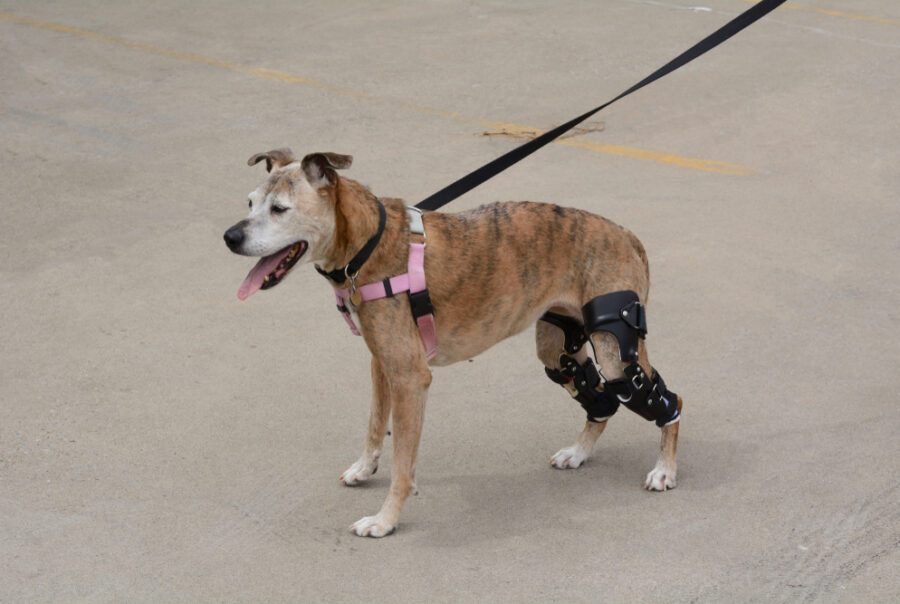Please note: Non-surgical methods such as calcium chloride to reduce the size of non-cancerous tumors or lipomas are considered experimental and should be used under the care of a veterinarian.
- If you are interested in using calcium chloride for benign tumor reduction in your dog, please consult with your veterinarian and share information from this page. Keep in mind that most veterinarians are not familiar with these methods.
- If your pet has been diagnosed with a cancerous tumor, you can look for a veterinary oncologist to determine the best treatment option for your pet.
- If you are a veterinarian who has used non-surgical methods of treating benign tumors, please contact us and consider listing your clinic in our Veterinarian Directory.








